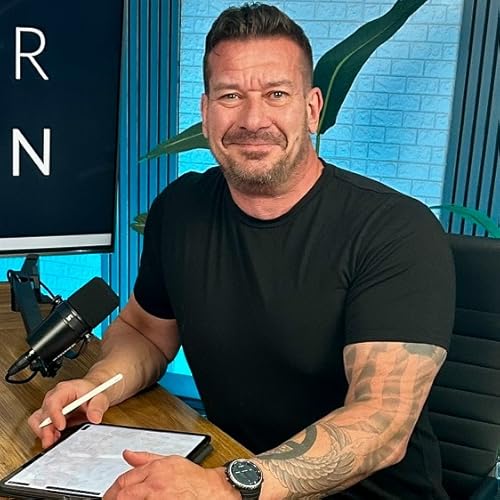- Spencer Coursen's Safety Made Simple – Daily Safety Tip
- Posts
- Prepared to Protect: What Every Home First Aid & Emergency Kit Should Contain
Prepared to Protect: What Every Home First Aid & Emergency Kit Should Contain
Everything you should have on-hand...before you need it.

“When an emergency happens: time is the enemy; preparation is your ally.” — Spencer Coursen
The moments between something happening and help arriving often determine the difference between minor concern and critical catastrophe.
That’s why every household, from single apartments to family homes, should have a fully stocked, up-to-date first aid and emergency kit.
Because when moments matter most, a well-stocked kit doesn’t just offer capability; it provides self-confidence, control, and peace of mind.

The Essentials: What Every Kit Should Contain
Wound Care & Infection Control
3" and 6" Ace Wraps – For compression, sprains, and securing splints
2x2 Gauze Pads – For cleaning or covering wounds
Rolled or Compressed Gauze – To control bleeding or stabilize injuries
Medical Tape – For securing dressings and splints
Tincture of Benzoin – Helps bandages stick better
New Skin – A liquid bandage to seal small cuts
Antibiotic Cream – Prevents infection in cuts and scrapes
Rubbing Alcohol or Alcohol Pads – For disinfection
Tools for Precision & Response
Scissors & Tweezers – For cutting tape and removing debris
Headlamp (with extra batteries) – Keeps both hands free when lighting is limited
SAM Splint – Moldable splint for stabilizing fractures and injuries
Medication & Relief
Diphenhydramine (Benadryl) – For allergies and reactions
Tylenol (Acetaminophen) / Ibuprofen – For pain and inflammation
Imodium AD – For digestive distress or diarrhea
Why This Matters
Emergencies never make appointments. From a kitchen knife slip to a bee sting, or a sprained ankle during a weekend hike, preparedness bridges the gap between helplessness and healing.
The kit you build today becomes the lifeline you rely on tomorrow.
It’s peace of mind in a box — proof that your safety is worth the effort.
Bottom Line
The moments between something happening and help arriving will decide everything. You don’t need to be a medic to be prepared. Preparedness bridges the gap between helplessness and healing. Awareness is protection. Preparation saves lives.
Five Protective Strategies You Can Employ Today:
1. Inspect & Update Your Kit Regularly
Review your kit every other month and replace any products that have been used or meds that may have expired.
2. Train For Emergencies
Become CPR, First Aid, and Stop the Bleed certified. Tools matter less than the hands that use them.
3. Practice Your 911 Script
Write out a script, post it on the refrigerator, and then practice with your family how to calmly say your name, what happened, your address, and to send help.
Example: “Hello, my name is Taylor. I’m five years old. My mommy fell and won’t wake up. I’m at 123 Oak Street. Please send help.”
4. Post Vital Numbers in Plain Sight
Post important numbers to your refrigerator or family message board. Include numbers like poison control, urgent care, and the local police department and fire station. Store these numbers in your cell phone, too.
5. Label and Layer Your Gear
Use clear pouches or labeled bags for wound care, medication, and tools. In a crisis. Organization saves seconds, and seconds save lives.
Disagree with anything? Hit reply—I always read your responses.
Live Smart. Stay Safe.
Did you find this helpful? Why not share it with a friend? You never know when one small shift in awareness could help keep them safe, too.
Were you sent this from a friend? Consider subscribing to learn my tips and tricks to help you protect what matters most.


